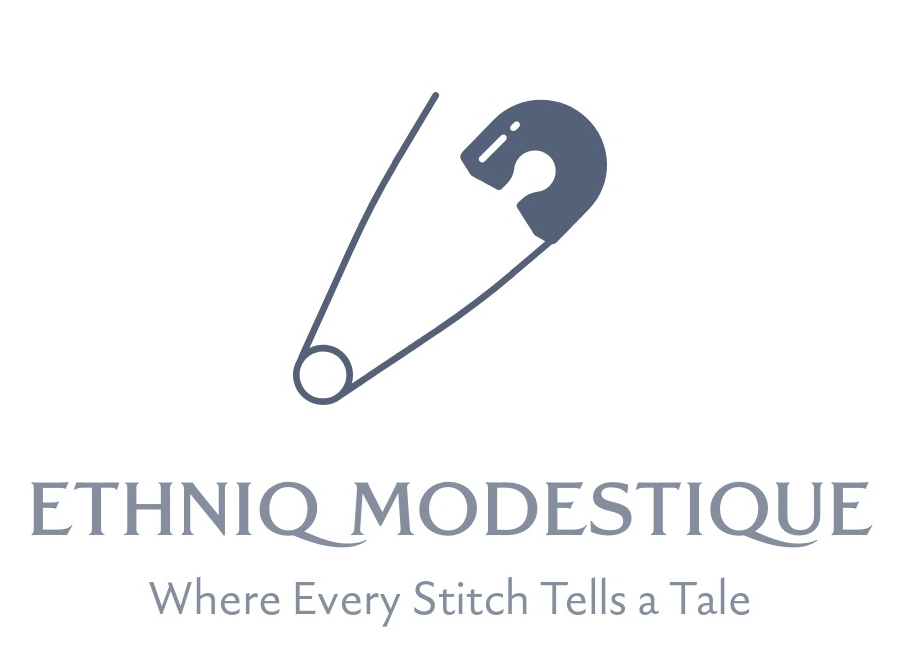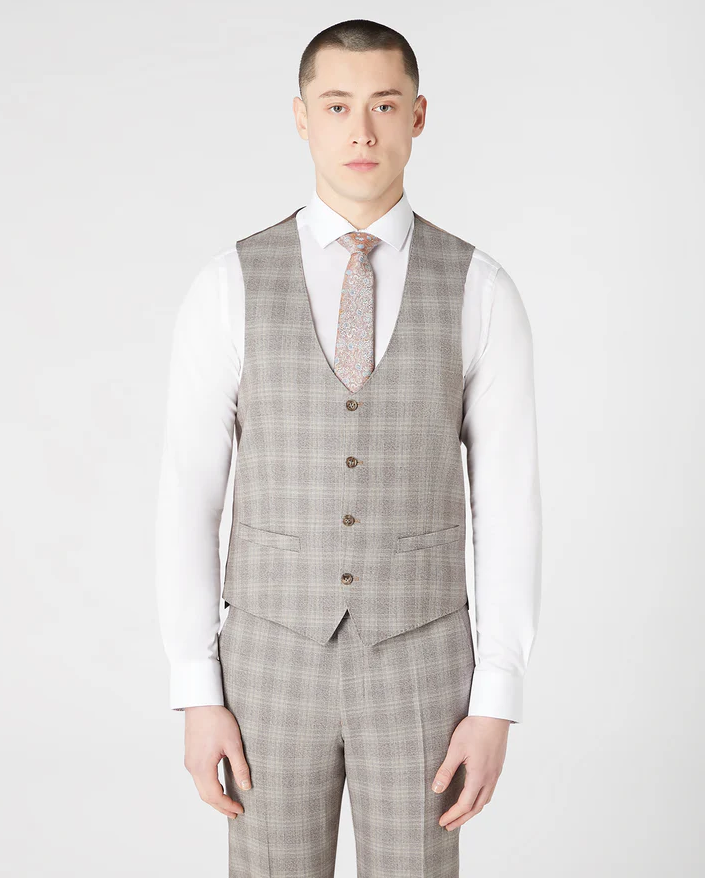The world of fashion is ever-changing, and over the past few decades, the concept of modest wear has undergone a significant transformation. Once perceived as plain and conservative, modest fashion has evolved into a vibrant and diverse movement that caters to a wide array of tastes and styles. This fashion revolution celebrates cultural identity, personal expression, and the principles of modesty, making it accessible and appealing to people from all walks of life.
Early Beginnings: Tradition and Necessity
Modest wear has deep roots in various cultures and religions, serving as an expression of faith, tradition, and sometimes practicality. In many societies, modest clothing was a way to maintain cultural identity and adhere to social norms. For instance, the hijab, abaya, and jilbab are traditional garments worn by Muslim women to uphold Islamic principles of modesty. Similarly, Jewish, Christian, and Hindu communities also have their forms of modest attire, such as tzniut, long skirts, and sarees, respectively.
The Modern Modesty Movement
The late 20th and early 21st centuries saw a shift in how modest wear was perceived and adopted. Women began to demand fashion that allowed them to express their individuality while still adhering to their principles of modesty. This demand sparked the modern modesty movement, leading to the rise of fashion brands and designers dedicated to creating stylish, modest clothing.
Influential fashion bloggers and social media personalities played a crucial role in this revolution. Platforms like Instagram and YouTube allowed modest fashion influencers to showcase their unique styles, blending traditional modest wear with contemporary fashion trends. This exposure helped dispel stereotypes about modest clothing being dull or outdated and highlighted its versatility and elegance.
Diversity in Modest Fashion
Today, modest fashion is a global phenomenon that transcends cultural and religious boundaries. It offers a wide range of options for everyone, from casual everyday wear to high-end designer pieces. Designers are now more inclusive, considering different body types, personal preferences, and cultural backgrounds.
Some notable trends in modern modest wear include:
- Layering: Creating stylish and modest outfits through layering is a popular technique. This allows for versatility and creativity, enabling individuals to mix and match pieces to suit their style and the season.
- Bold Patterns and Colors: Modern modest fashion embraces vibrant colors and bold patterns, moving away from the notion that modest clothing has to be plain or monochromatic.
- Innovative Fabrics: The use of innovative fabrics that offer comfort, breathability, and durability is on the rise. Sustainable and eco-friendly materials are also becoming increasingly popular.
- Inclusivity: Many brands are now size-inclusive, offering a wide range of sizes to cater to different body types. This inclusivity ensures that modest fashion is accessible to all.
The Future of Modest Fashion
The future of modest fashion looks promising as it continues to evolve and grow. As more designers and brands recognize the demand for stylish and modest clothing, the options will only expand. Additionally, the focus on sustainability and ethical production practices is likely to shape the industry, aligning with the values of many modest fashion consumers.
In conclusion, the evolution of modest wear represents a fashion revolution that celebrates diversity, inclusivity, and personal expression. It has moved from the shadows of traditional attire to the forefront of the fashion industry, offering endless possibilities for those who wish to dress modestly without compromising on style. The journey of modest fashion is a testament to the power of cultural identity, innovation, and the ever-changing landscape of fashion.








